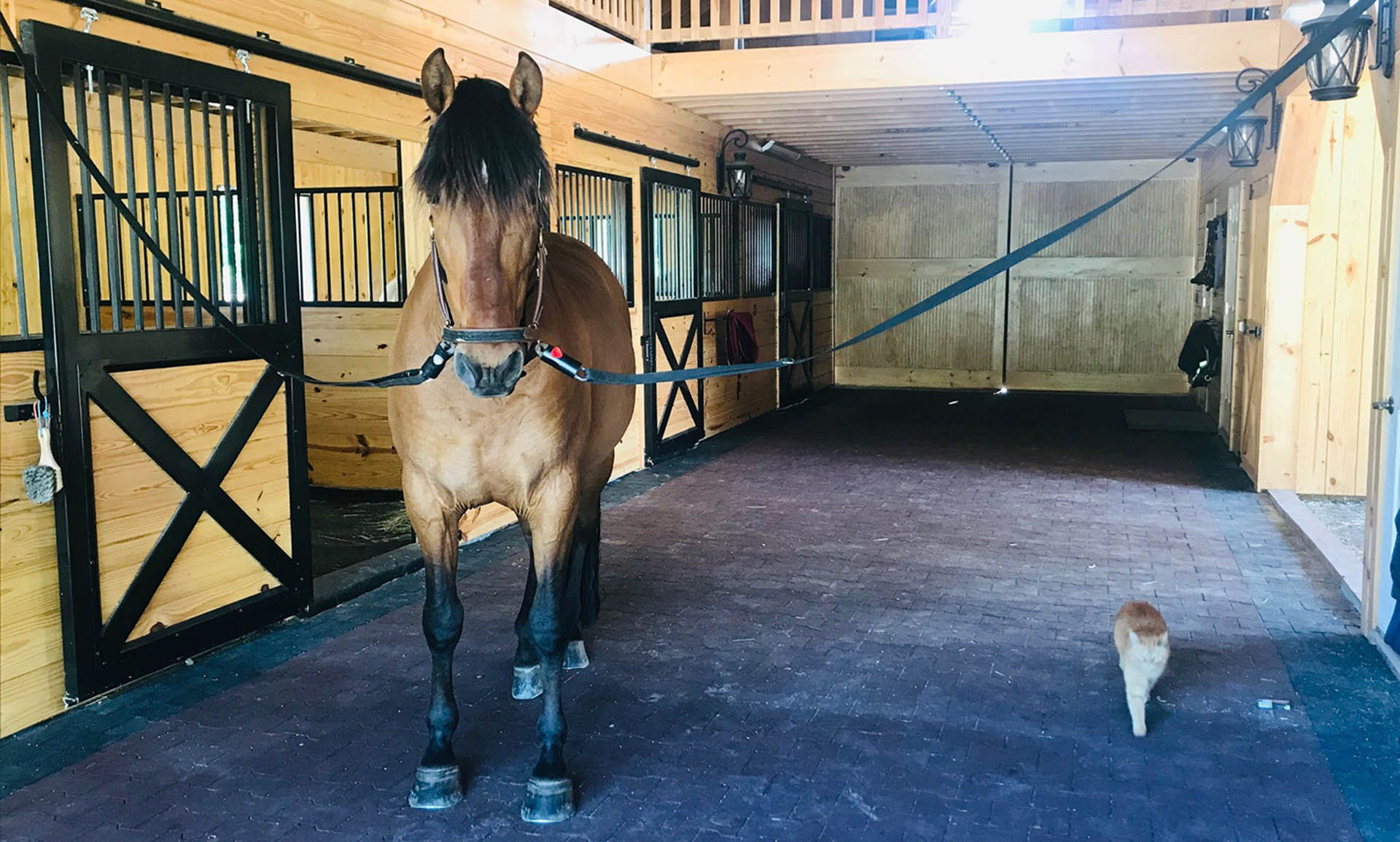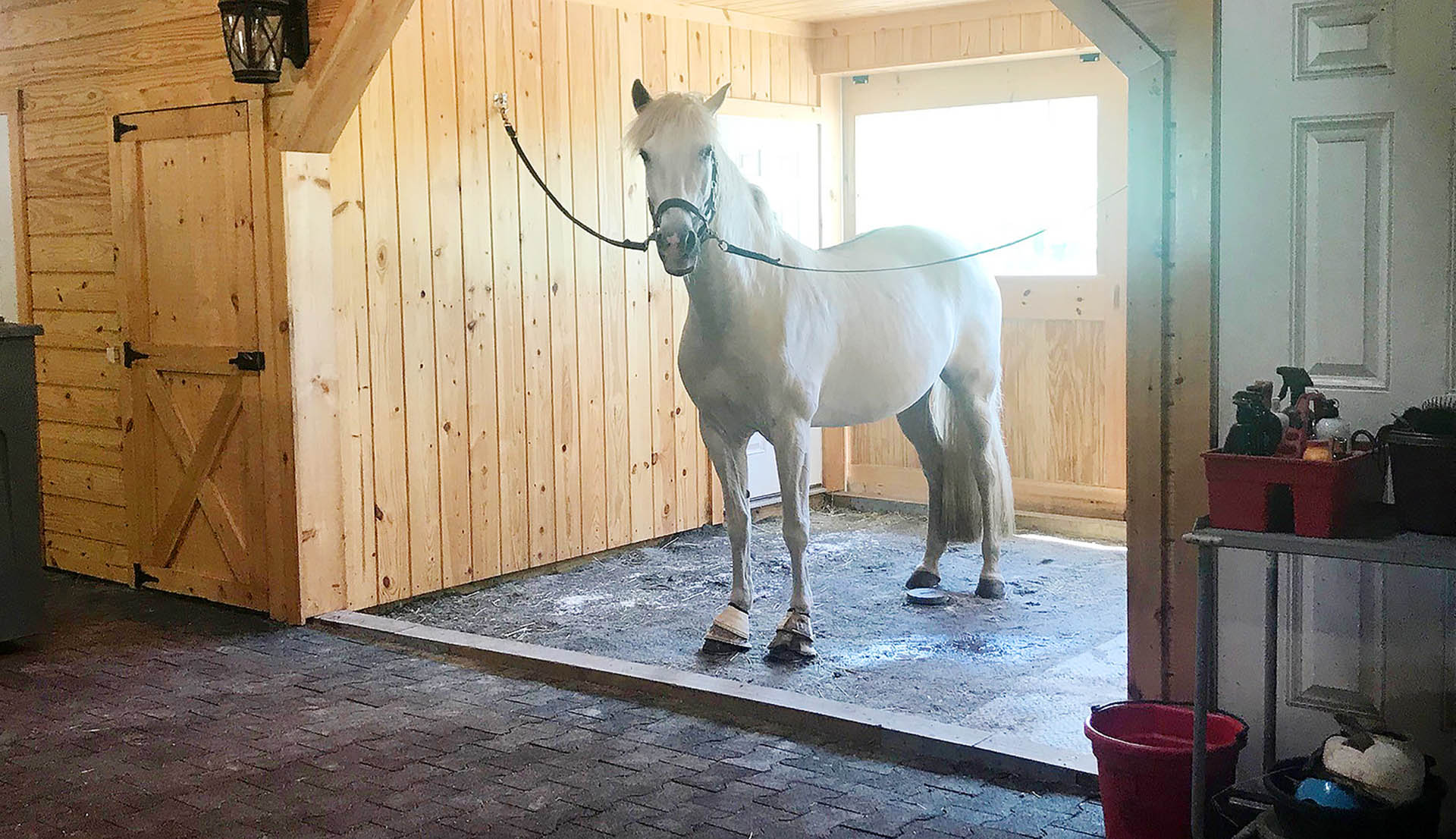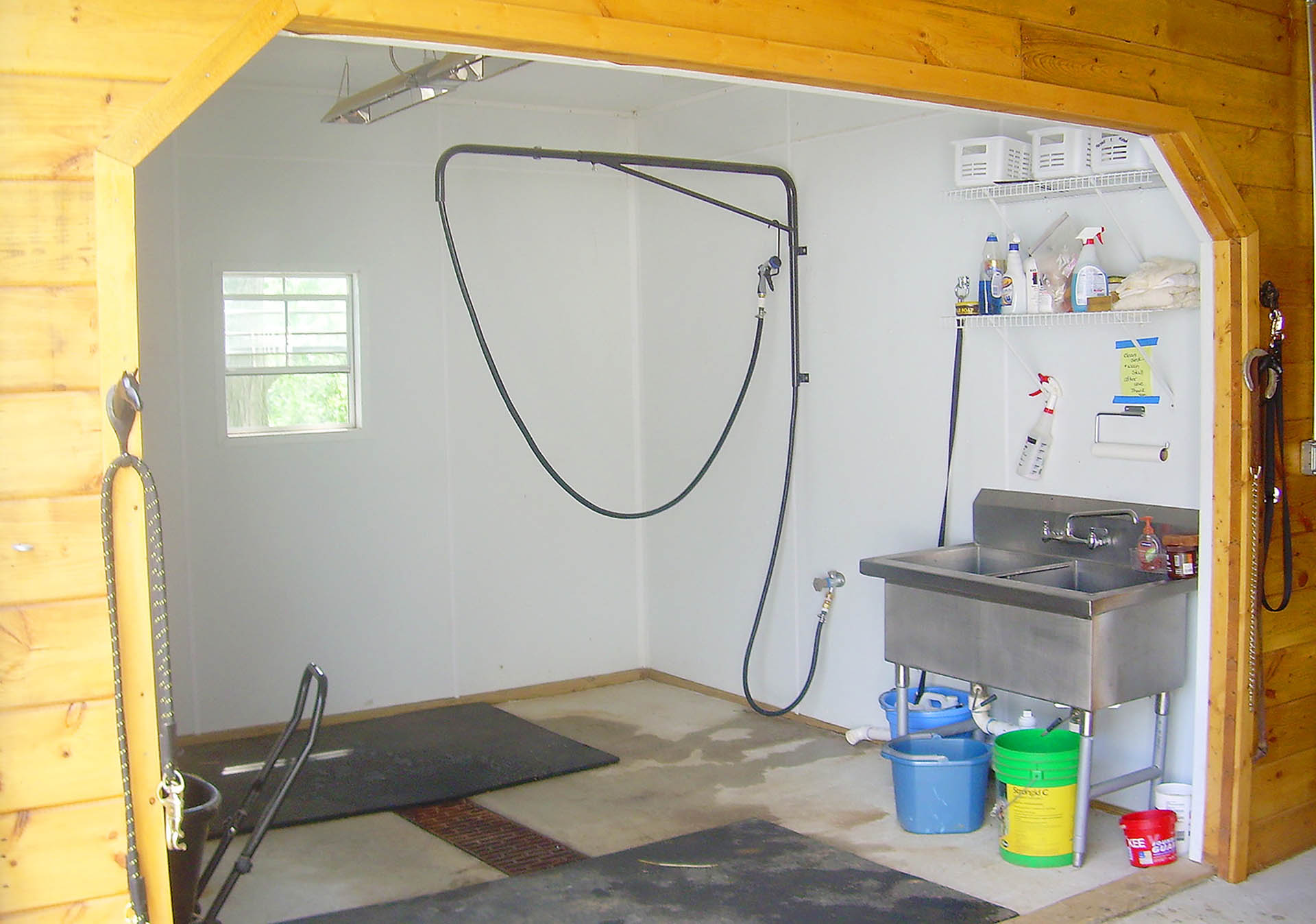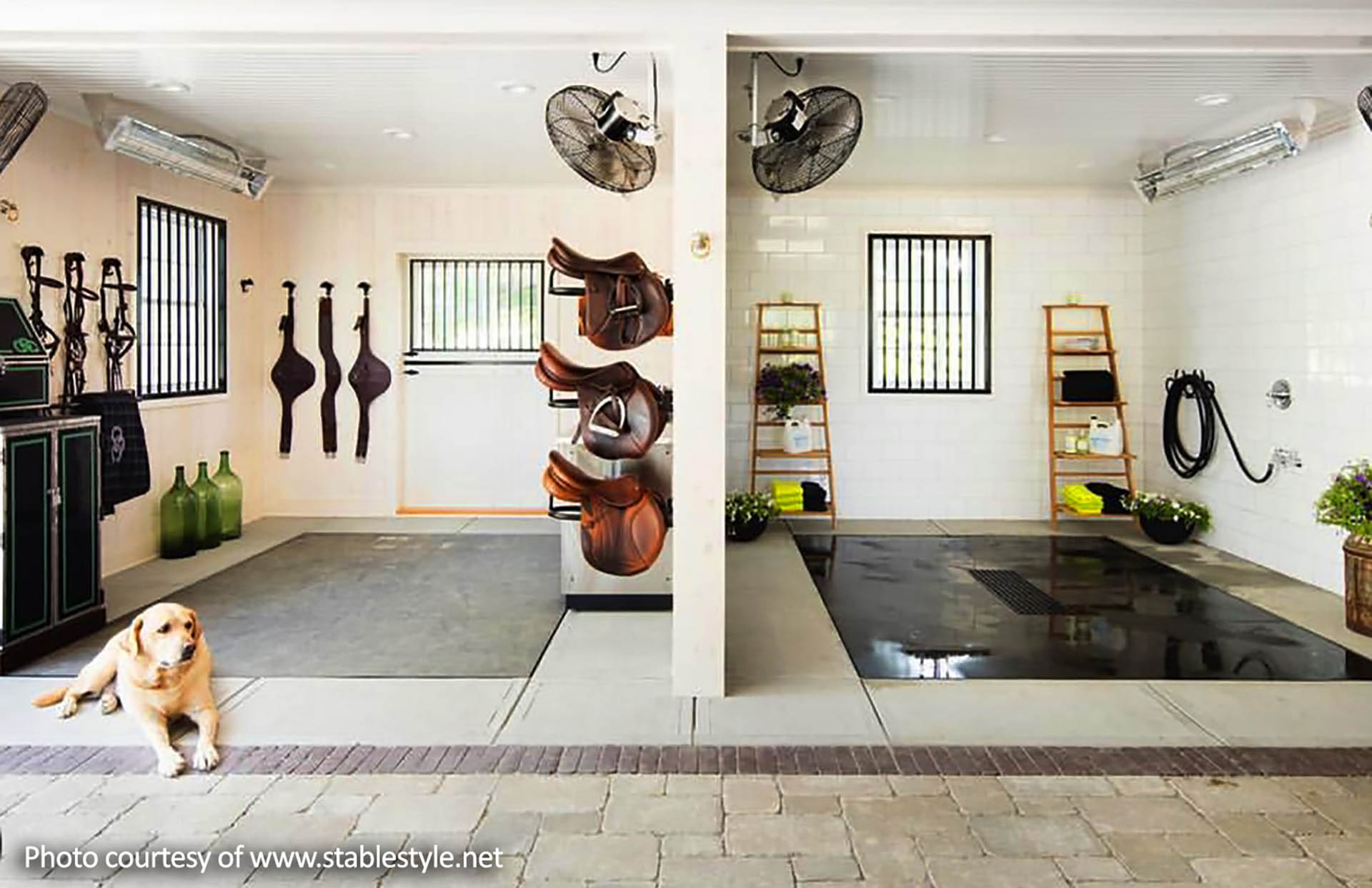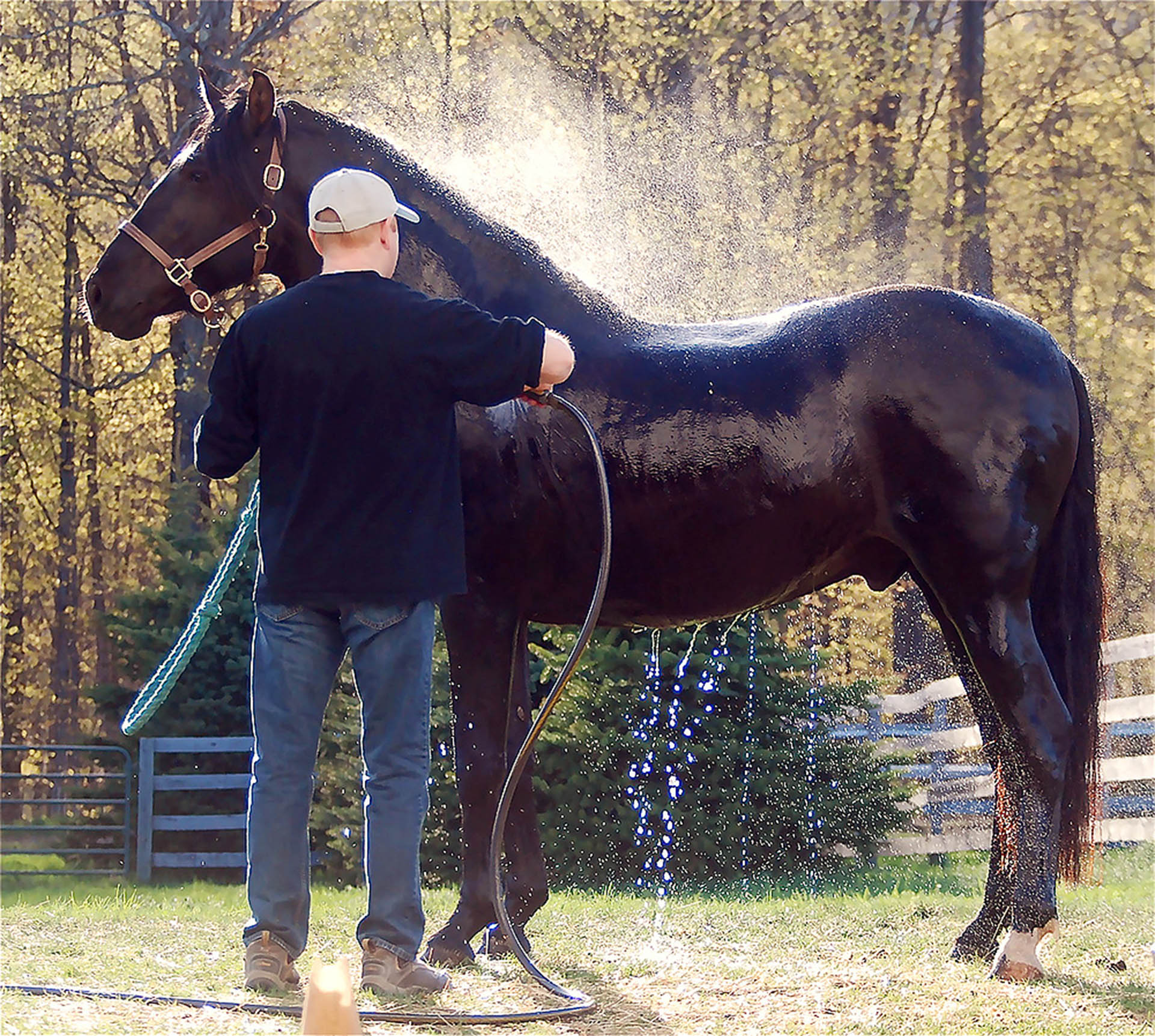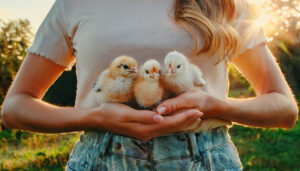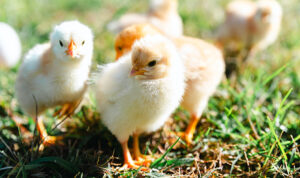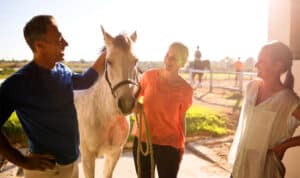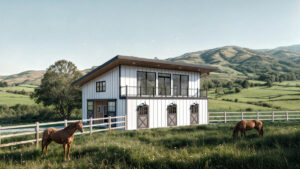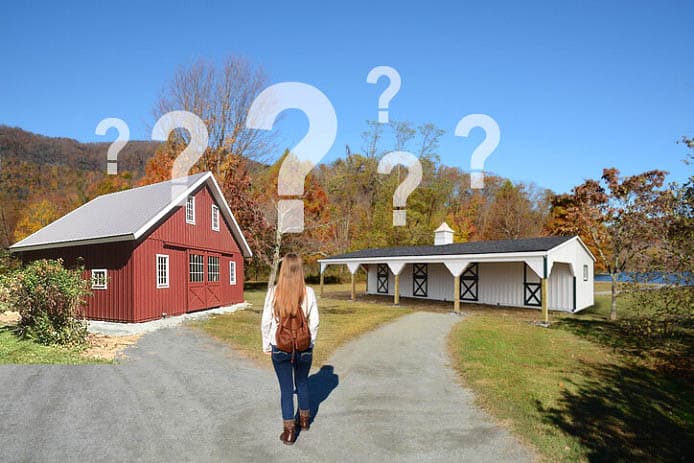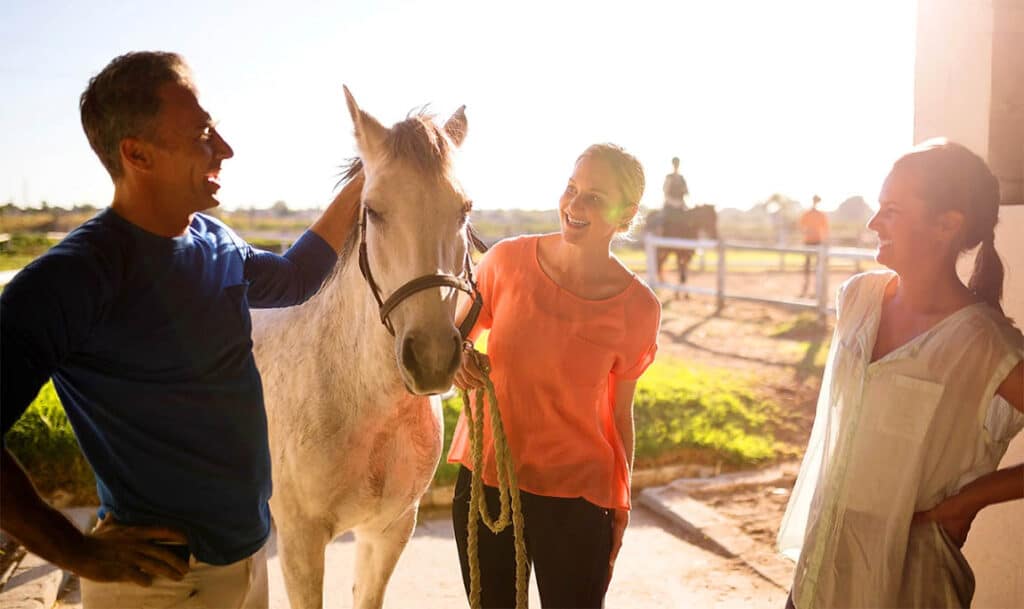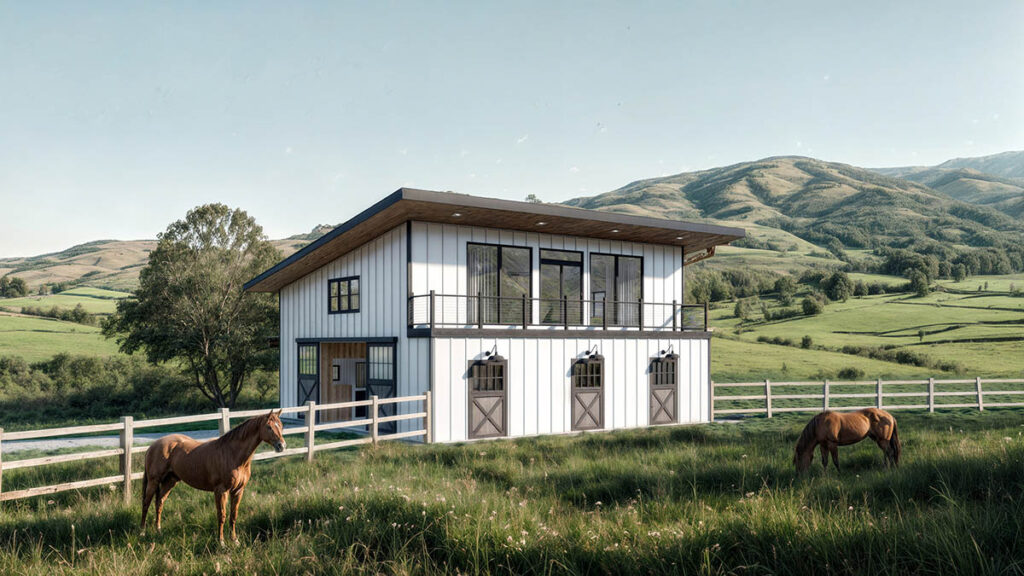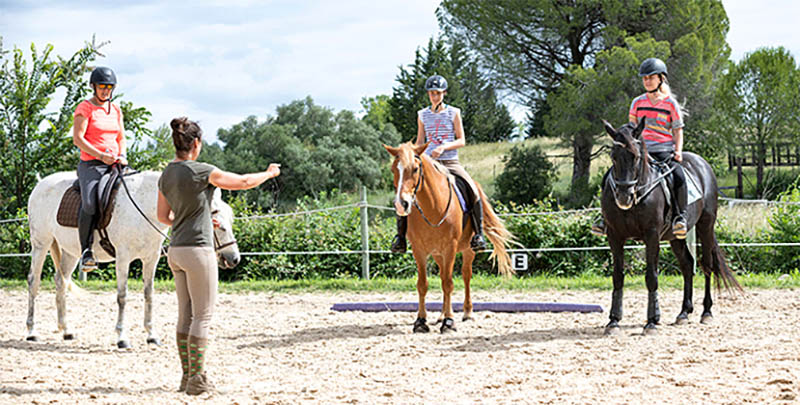Grooming your horse is important to keep it healthy and it offers a super opportunity to bond with your equine partner. When it comes time for horse grooming and equine spa care, the design of your barn can be a hindrance or a help. As these routines are a regular part of horsekeeping, incorporating a designated space to conduct them can be a boon to your boarding/training business or backyard horse ownership lifestyle.
Many barns use crossties in the aisleway to hold the horse captive for all aspects of horse care: farrier and vet visits; grooming and tack up time; and even bath time inside or outside the building. From a safety standpoint the use of crossties in a busy traffic zone such as the aisle, can pose certain risks.
If a horse panics when the farrier is underneath working on its hoof, injury may result to horse and/or human. If there is two way traffic down the aisleway and someone attempts to lead another horse too close to another in a limited space, chances for an altercation between equines is increased. Accidents can and do happen as a result. It is prudent to never leave a horse unsupervised on crossties, as this increases the risk of injury to the horse if it panics.
The natural solution is the provision of a designated stall/space for these daily activities that can be used for multiple purposes, where all supplies required for completion of this care can be kept handy and ready for use. It is prudent to never leave a horse unsupervised on crossties, as this increases the risk of an accident.
A horse grooming stall should have plenty of space each side of the horse but not be so wide that the horse cannot be safely placed on crossties if they are to be used. A maximum of a 12 feet wide stall for an average sized horse, with the ties at an appropriate height for the particular equine so as not to pull from above or be too low thus inviting entanglement, is a great place to start. Obviously a barn full of minis or ponies won’t require the same height of crossties as one that houses 17 h.h. warmbloods.
The space should be confined on three sides only, allowing the caregiver the option to exit the area quickly in an emergency. The horse should be placed with its rear to the backwall with its head facing forward for safety, and all activities by the caregiver should begin at the shoulder of the horse.
The floor may be finished with stone dust over gravel, but preferably it will be concrete. It should be covered with drainable non-slip rubber mats to avoid the horse or caretaker slipping over, especially when the floor becomes wet or if the horse is shod.
There should be no sharp objects anywhere in the space, (or barn for that matter). Rubber hooks can be used for hanging towels or ropes and quick release hooks/snaps should be attached to the halter end of crossties.
If the space is to be utilized as a wash stall the walls should be made of solid lumber, and overlaid with a washable impermeable surface such as Glasbord. Metals walls are a recipe for disaster, as a horse may errantly kick a wall and puncture it and cause severe soft tissue injury to itself.
A wash stall can double as a horse grooming stall, though care must be taken not to block drains with shedding horse hair. A cover can easily be constructed for the drain for general use of the space. Drains are best placed close to the exterior of the wall in a channel rather than a central circular drain.
If the surface of the stall is correctly beveled, water can also be directed to an open-air sewer pipe in the back wall. This design is simple to keep free from obstruction. The effluence should then be taken away from the exterior of the building by some form of drainage to avoid standing water attracting mosquitoes or undermining the foundation of the building, and to minimize contamination of the area with shampoos, or other detergents and products used. Puddles of water laced with shampoos and other horse products can be poisonous to dogs and cats or other livestock if ingested. Remember to keep all such horse care products out of the reach of young children.
A quick coil rubber hose, or a hose suspended on a runner from the ceiling that can be drained between uses (especially during unpredictable winter months, such as aerial hose set-ups widely used in dairy operations), can provide the perfect water supply. If hot water is needed, a continuous flow water heater can be added to the system. If bathing is to be undertaken during cold weather it is important that the stall is not subjected to freezing temperatures or ice will develop on the floor. All water feed pipes should be installed so they can be drained easily during cold weather. Modern day, flexible plastic water pipe can be installed in some areas in preference to copper, to minimize potential damage from unexpected freezing temperatures.
Any electrical fixtures such as lighting, should be well out of the way of the water source and spray, and be encased appropriately to protect them from moisture and additionally be on a GFI (Ground Fault Circuit Interrupter that prevents the user from electric shocks for faults in the electrical devices being utilized). Similarly if electrical outlets are to be nearby, (useful for clipping and alternative therapy treatments), they should be out of reach of the horse and also rated for outdoor use and GFI protected. Consult a licensed electrician for advice. As water and electric don’t mix, the provision of a grooming/tack up stall separate to a bathing stall is recommended.
The addition of heat lamps on a platform that can be lowered and raised from the ceiling to dry a horse post bath time or warm the back muscles of the horse before riding can also be implemented. Proper care must be taken to condition the horse to their use and quick release ties are a must for all crosstie applications.
It is important that the horse be conditioned and trained to stand quietly within the grooming or bathing stall without stress or worry. When introducing bathing to the horse, it is best done while the horse is held on halter and rope and not attached to the crosstie, in a controlled environment but not necessarily in a confined grooming stall. A horse that cannot move forward or away from stimulation it feels is adverse, will either rear, kick or even bite to defend itself from what it perceives as a threat.
When introducing anything new to the horse, implementation should be done gradually. Reward should be the release from the input e.g. water from a hose or clippers on the coat, and this release should always be given when the horse stops moving away from the sensation and stands still for a moment. The horse can then be praised and the activity resumed, until the horse learns that when he stands, the activity stops. Incrementally increasing the length of time the hose is on the shoulder or front leg, or clipper is switched on and used, will then be accepted by the horse more readily. If you stop hosing or clipping every time the horse moves away, you are training it to avoid the activity, not accept it.
When working around a horse whether bathing or grooming, always put safety first.
- Never go under a horse’s belly, or step directly behind them.
- When wrapping or grooming legs stand at the side of the horse and crouch don’t kneel, and face the back of the horse.
- When working on the hind legs, stand at the side of the leg and face forward.
- Always stand on the side of the horse that you are working and don’t reach under or across the legs to the other side.
- When picking up feet, always stand at the side of the horse and use your hand closest to its side and face the back of the horse, not the front.
- For horses that are head shy release them from crossties to work on their faces or ears, and hold them on a halter and rope. Never use nose chains with crossties or tie them to the bit on the bridle.
- Do the girth up slowly, preferably tightening the final holes after the horse has had a walk but before mounting. Always remove the saddle promptly after the girth has been released to avoid it falling and spooking the horse or causing damage to this expensive piece of equipment.
Of course not everyone can allocate valuable stall space as a grooming or bathing stall. Bath time can be conducted outside in good weather in a fenced space, and crossties in the aisleway (a very American invention), can be very useful for horses that are properly trained to accept them. A horse should never be left alone on the crossties or in a grooming stall on ties without supervision in case of panic at being left alone or other horses being led past them and causing upset.
Quick release halters, velcro and/or emergency snapped crossties, and proper introduction to new requests of the horse, all make for a safer experience for both horse and caregiver. There are many modern day ‘help’s out there accessory wise to keep both horse and caregiver/groomer safe and they are well worth the price.
It is also important to consider the location within the barn that is the best place to add a grooming or bathing stall to the design. The end of a barn can be a good place from the point of view of connection to water and electric services and grey water disposal, and keeps the grooming/bathing activity away from the main entrance to the building where traffic flow is the highest. If stables are attached to the indoor busy trainers sometimes prefer the grooming stall to be close to the inside entrance to the indoor arena for convenience.
Consult with an experienced barn builder that has produced barns for professionals and amateurs alike, and who has experience working with variable size businesses with different needs, so you can capitalize on their knowledge. Modular construction firms offer a huge array of choices when it comes to barn style and design, and can provide an almost ‘instant’ barn at your farm or backyard, replete with many options.


